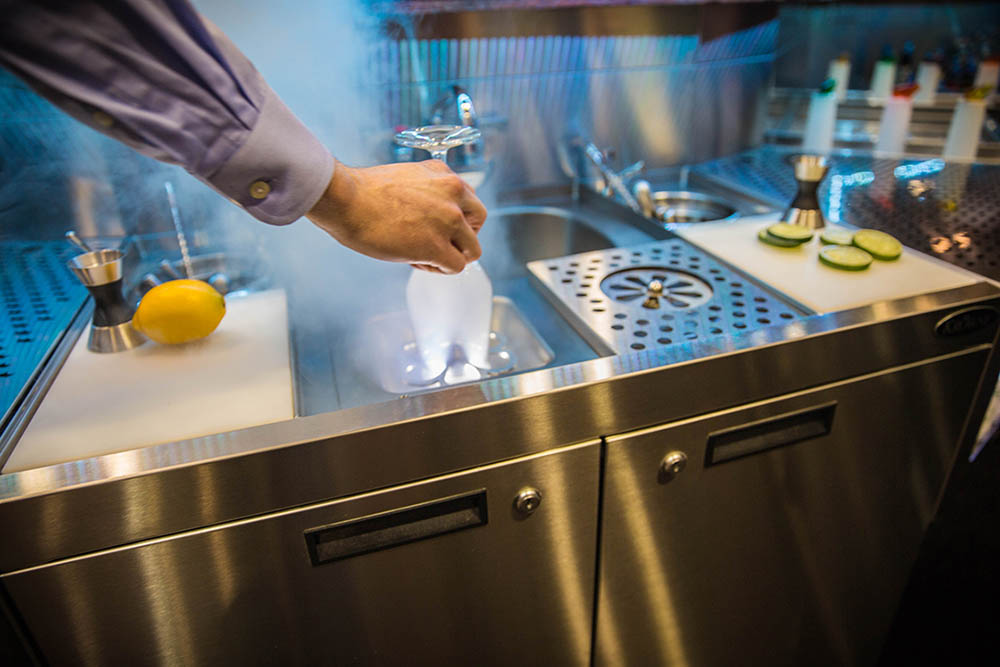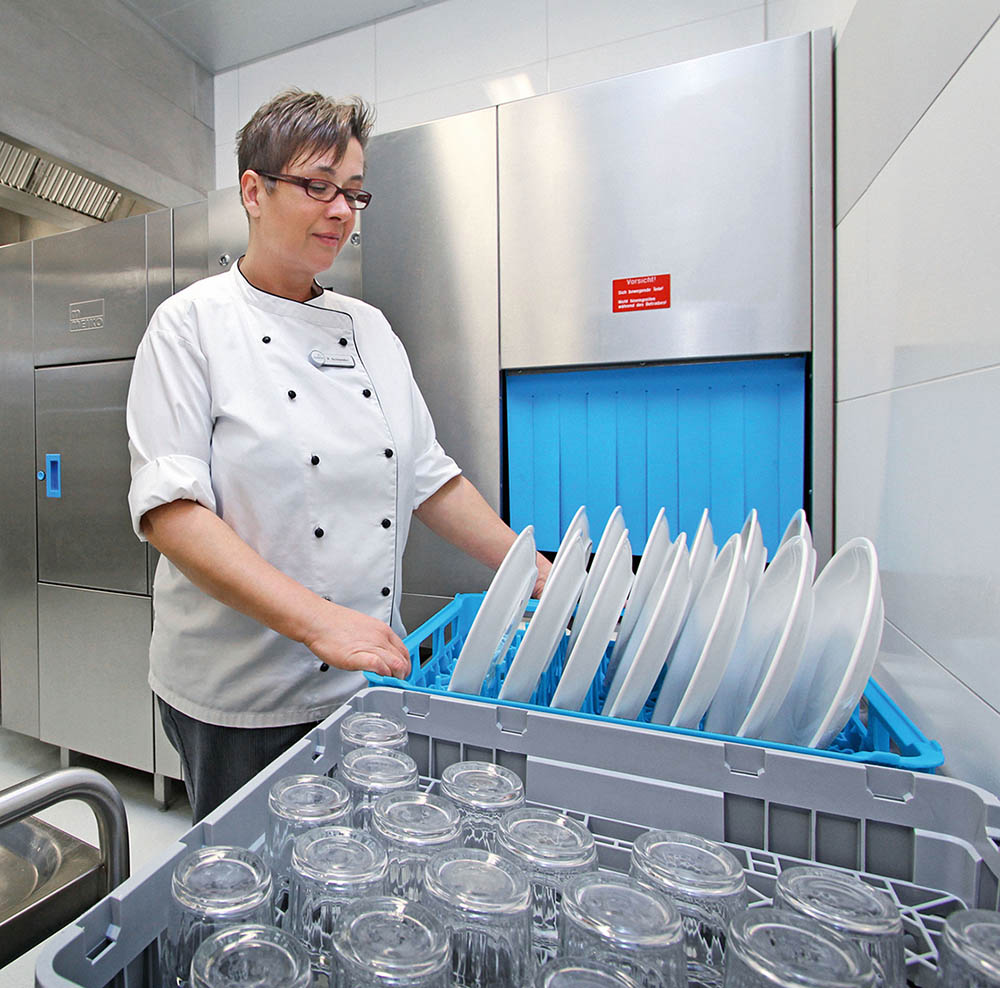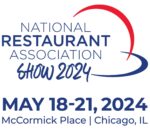
Five features buyers are looking for in professional foodservice equipment
By Sara Perez Webber
The COVID-19 pandemic changed a lot in our world, but has it changed what restaurants and caterers are looking for in foodservice equipment?
Absolutely, say manufacturers. CFE talked to executives from five companies in the industry who say foodservice operators are looking for professional kitchen equipment that’s flexible, labor-saving, economical and eco-friendly, and that cleaning and disinfectant features are more important than ever.
1. Flexibility
After the uncertainty caused by the COVID-19 pandemic, being nimble is a key to success, says Bob Lamson, CEO of Vesta Precision. “In an environment of constant change, and this is going to continue for quite some time, flexibility is required,” says Lamson. “The situation is so dynamic, so changing, that if you have rigidity in your operation, you’re in trouble. The catering services that have done well and survived have had managers that are really capable of seeing a bit in advance what the new situation is going to be and respond to it.”
Lamson points to Vesta Precision’s SousVcart as an example of flexibility. It’s a completely mobile sous vide station with two bays that can hold a water bath on one side and a vacuum sealer on the other. Or, says Lamson, it could hold an electric ice cream maker, and the blast chiller and freezer. “The main thing is it’s something that can be easily moved around and easily changed as the situation changes,” he says.
The market for vacuum-sealing has increased dramatically, says Lamson, because of its flexibility. Chicken breasts cooked sous vide, for example, “won’t overcook, so you can leave them in the water bath and then very quickly, on the grill or hot pan, crust them for delivery,” he says, noting it’s ideal for the quick turnaround needed in takeout operations. If some cooked chicken breasts are left at closing time, “just quick-chill and put in the fridge, and they’re absolutely good and usable for the next day.”
2. Labor-Saving
With restaurants and foodservice businesses facing a daunting labor shortage, they’re looking for kitchen equipment that will do some of the work for them.
People are trying to find skilled labor, and it’s virtually impossible,” says Kevin Keith, national project manager for Robot Coupe USA. “They can’t even find unskilled labor.”
Sales are up for Robot Coupe’s combination processors and vegetable prep machines because “they’re labor-saving devices,” says Keith. “They’re going to streamline all kitchen prep operations.”
The R 301 Ultra, for example, has a cutter to chop, emulsify, knead, grind and prepare sauces; and a vegetable slicer to slice, grate and julienne vegetables. “Typically you need a lot of employees to do daily prep, but people are realizing all the applications that we can fill,” says Keith.
Commercial dishwashing company MEIKO has also seen increased interest in its labor-saving features. “It’s very difficult to fill a position in a dish room,” says Steve Grahs, regional vice president of sales for MEIKO USA. “We can provide the tools to restaurant operators that make it pretty simple to operate the dishwasher.”

For instance, he says, MEIKO’s filter technology in its flight-type conveyors removes food soil and features an automatic cleaning mode, dramatically reducing clean-up time for staff. What’s more, he notes, MEIKO’s machines are double-wall insulated, so the dish room is a cooler and more comfortable place for employees.
If we can make dishwashing as easy and drama-free as possible, they’re going to be able to retain their staff,” says Grahs. “It makes them more competitive in the marketplace.”
Vesta Precision’s sous vide products also help save on labor, says Lamson, because they allow employees to multi-task.
Vesta Precision’s sous vide products also help save on labor, says Lamson, because they allow employees to multi-task. Once food is vacuum-sealed and cooking, “nobody has to pay attention to that,” he says. “Instead, employee can wash dishes or cut vegetables.”
3. Economical
With food costs rising, operators are looking for ways to save.
According to Sean Farry, CEO of OiL Chef, the cost of oil has doubled, leading to increased interest in his company’s product—a deep-fryer accessory that helps operators produce more food with less oil. With OiL Chef, says Farry, an operator should get seven days’ use out of 50 pounds of oil, rather than the typical three days.
Furthermore, restaurants and caterers are increasingly looking to boost their bottom line with food delivery and curbside pickup. “The most popular food delivery products are fried food,” notes Farry. OiL Chef reduces the oil that’s absorbed by the food, making it crispier and healthier.
4. Eco-friendly
Customers also appreciate OiL Chef’s eco-friendly attributes, says Farry. Since it could take 10,000 liters of water to break down 1 liter of cooking oil, using less oil “has a massive impact on reducing people’s carbon footprint.” OiL Chef also enables users to fry food in less time, saving on gas and electricity.
MEIKO products also reduce carbon impact. “We use 30 to 50 percent less water than leading competitive units,” says Grahs. What’s more, MEIKO products reduce chlorine in the environment by using high-temp technology to disinfect dishware, rather than the low temperature with chlorine methods used by competitors.
5. Cleans and Disinfects
“We’re seeing a wholehearted change in attitudes toward cleaning,” says Grahs. “In the past the sales pitch was difficult, but now cleaning and disinfection are on the top of everyone’s minds.” MEIKO units, used properly, have been verified to inactivate the coronavirus. “I don’t know of any other warewashing manufacturer that’s been able to present that as a certifiable fact,” says Grahs.










